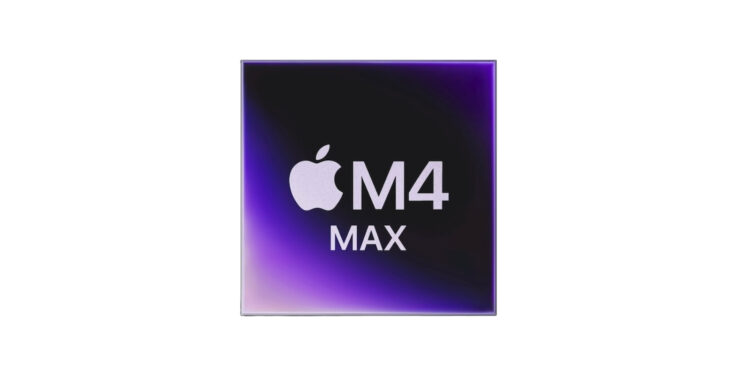With the M4 Max, Apple has taken another step forward in terms of performance and efficiency. The Blender Benchmark, an established tool for measuring computing power, shows what the new chip can do.
With every new chip release from Apple, there is great interest in how the performance compares to the previous version and competing products. Creative and production software such as Blender is particularly closely monitored. The Blender Benchmark provides figures that are directly comparable and give a realistic insight into the computing power. What is particularly striking is that the M4 Max with its 40 processing cores even overtakes some dedicated graphics cards.
M4 Max: Results in the Blender Benchmark
Blender is an open source 3D modeling software popular with professionals and amateurs. The integrated benchmark tests the hardware for its ability to render complex scenes and provides a score. The first Results for the M4 Max with 40 cores show an impressive average of over 5200 points. This puts the chip in the top 20 of all systems tested. What's particularly exciting is that the M4 Max beats older high-end graphics cards like the Nvidia RTX 3080 Ti and the RTX 4070, whose values are below 5200 points. For an integrated SoC (system-on-a-chip) that combines CPU and GPU in one package, this is a remarkable achievement.
comparison to dedicated graphics cards
Of course, the top position in the Blender benchmark is reserved for the RTX 4090 configurations. These achieve scores of almost 11,000 and are currently the benchmark for maximum graphics performance. However, the RTX 4090 has a price of over 2,000 euros and that's without a case, processor or other hardware. A MacBook Pro with M4 Max, which starts at 4,374 euros, offers not only the computing power of the chip but also a fully equipped system with screen, RAM and operating system. This makes it an attractive alternative for anyone looking for a compact and powerful solution.
Efficiency: An invisible advantage
The benchmark values say a lot about pure performance, but they do not take energy consumption into account. Apple's M4 Max is known for its high energy efficiency. This means less heat generation and longer battery life. For mobile devices such as the MacBook Pro, this aspect can be crucial, especially if you are often on the go and do not want to compromise on performance.
A look into the future: M4 Ultra
A particularly exciting prospect is the M4 Ultra, which could be used in future models such as the Mac Studio or the Mac Pro. This chip is based on two combined M4 Max processors. If the performance doubles, benchmark values of over 10,000 points would be realistic - and thus direct competition to the most powerful Nvidia graphics cards. For demanding workflows such as 3D rendering, machine learning or video production, this could be a decisive advantage that will take Apple even further forward.
Apple's M4 Max: Compact power for demanding workflows
The M4 Max impresses with its strong performance and energy efficiency. The Blender benchmark shows that Apple's latest chip is a real alternative to dedicated graphics cards such as the Nvidia RTX 3080 Ti and even leaves some models behind. For anyone looking for a powerful, compact system, the M4 Max in the MacBook Pro offers an attractive solution. Looking to the future, the possible M4 Ultra promises even more performance, which should put Apple further in the focus of creative professionals. Whether you're doing rendering, video editing or other computationally intensive tasks - the M4 Max is an exciting choice that combines performance and mobility. And even if it doesn't come close to the RTX 4090 in absolute terms, it offers an unbeatable overall package for anyone looking for more than just raw computing power. (Image: Apple)
- Apple M4 Ultra Chip: What professionals can expect next year
- When will Apple stop supporting Intel Macs?





